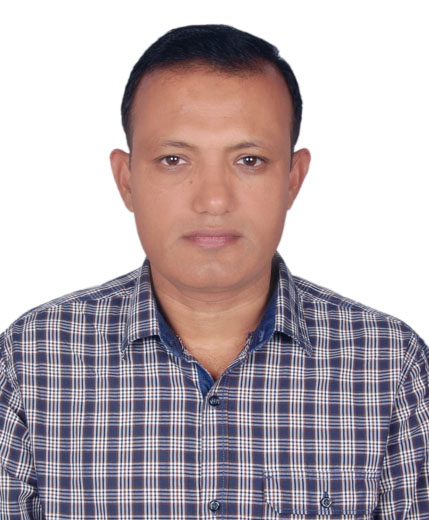Managing wheat Blast in Bangladesh: Identification and introgression of Wheat blast resistant gene(s) into varietal development and rapid varietal dissemination
Dinajpur
• Identification of blast resistant sources
• Development of wheat blast resistant varieties/ lines
• Identification of aggressive isolates and study their population biology and development of potential differential lines
• Dissemination of resistant varieties seeds to reach farmers’ fields
A total of 17,762 wheat genotypes have been screened for WB resistance under artificial inoculated condition. A clear trend was found that 2NS-carrying lines were mostly resistant, Genetic studies have been conducted, in which 2NS was the most important locus for WB resistance, and additional QTLs with minor effects were identified on chromosomes 1A, 2B, 3A etc. Encouragingly, three QTLs with major effects were recently identified on 7DL (derived from Ae. tauschii), 4RS and 4RL (both from the R genome of rye), which could be used as alternative sources of WB resistance. Around 250 crosses have been made with an aim of introducing WB resistance to the elite wheat lines, and advanced breeding lines. Three resistant cultivar have been released. Eighty-seven Bangladesh MoT isolates have been whole genome sequenced to investigate the genomic organization, diversity and evolution. Four hundred fifty block demonstrations were set in farmers’ field to disseminate WB resistant varieties.
13. Conclusion: Resistant genes identified in different studied are still challenging for commercial utilization. The resistance largely depends on the genetic background of the wheat lines, pathogen virulence, temperature pattern in the field. However, pyramiding of several minor genes could provide durable resistance to WB.
14. Impact on Farmers & Market Linkage:
Farmers have been given training on wheat blast management along with resistant seed in major wheat blast prone districts. So far 450 farmers and 150 SAAO have been trained directly from the project fund which is also aligned with BWMRI’s national programme. This helped farmers gaining confidence in cultivating wheat. According to DAE 35% wheat area is now occupied by wheat blast resistant cultivar BARI Gom 33. Some progressive farmers are benefited selling good quality seed.
15. Entrepreneurship & Sustainability: From the very beginning of the project, BWMRI involved farmers as well as local seed producing companies to manage wheat blast in Bangladesh. Shawdesh Seed, Meherpur is a local seed company received training, participated field day and workshop related to wheat blast management. This company receives breeder seed of wheat blast resistant varieties each year. They are producing 25-30 ton foundation and certified seed every year. Project also supported some progressive farmers in seed business. Md. Alamgir, Thakurgaon is one of them who produced 12 ton seed last year.
16. Sustainability Plan of project results:
The project helped establishing lab and field screening facilities at BWMRI and well integrated with the regular activities of BWMRI. Project has developed trained manpower who are working as a team including project and permanent staff of BWMRI. A greenhouse has been established and laboratory facilities have been strengthened. These facilities will help continue the research activities in future in absence of the project. The resistant genotypes and varieties developed from the project will be continuously evaluated and promoted from national programme of the institute. The project is acting as a hub for wheat blast research for many countries which makes these activities important to receive funds in future.

